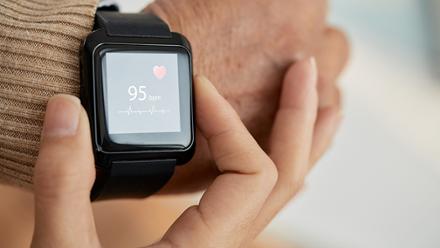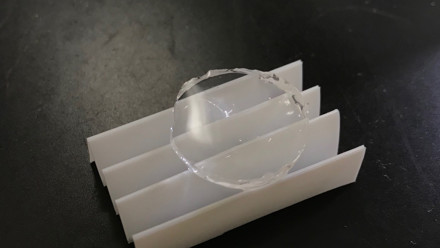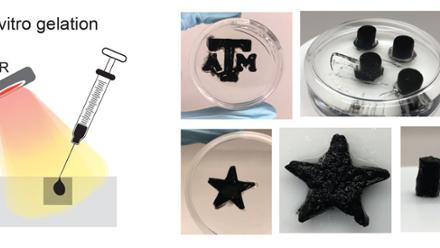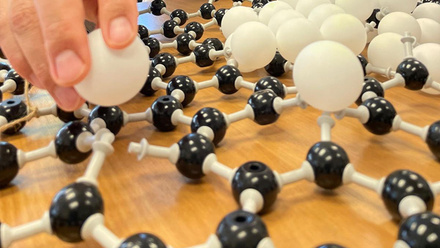Is it a novel super strong, super jelly? Yes
Cambridge researchers have developed a jelly-like material that can withstand the equivalent of an elephant standing on it, without breaking and then recovers normal shape.
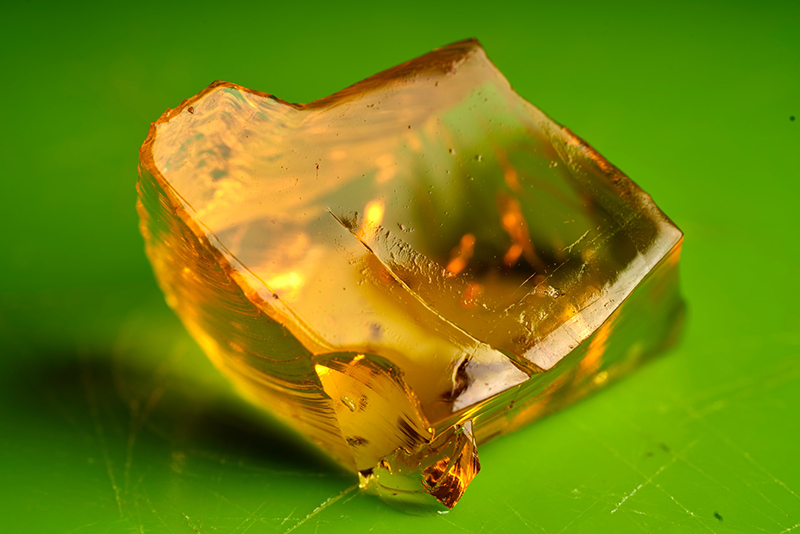
The soft-yet-strong material, developed by a team at the University of Cambridge, looks and feels like a squishy jelly, but acts like an ultra-hard, shatterproof glass when compressed, despite its 80% water content.
The non-water portion of the material is a network of polymers held together by reversible on/off interactions that control the material’s mechanical properties. This is the first time that such significant resistance to compression has been incorporated into a soft material.
The ‘super jelly’ could be used for a wide range of potential applications, including soft robotics, bioelectronics or as a cartilage replacement for biomedical use. The results are reported in the journal Nature Materials.
Dr Zehuan Huang from the Yusuf Hamied Department of Chemistry, the study’s first author says, ‘We use reversible crosslinkers to make soft and stretchy hydrogels, but making a hard and compressible hydrogel is difficult and designing a material with these properties is completely counterintuitive.’
Working in the lab of Professor Oren A. Scherman, who led the research, the team used barrel-shaped molecules called cucurbiturils to make a hydrogel that can withstand compression. The cucurbituril is the crosslinking molecule that holds two guest molecules in its cavity. The researchers designed guest molecules that prefer to stay inside the cavity for longer than normal, which keeps the polymer network tightly linked, allowing for it to withstand compression.
The researchers used the material to make a hydrogel pressure sensor for real-time monitoring of human motions, including standing, walking and jumping.
‘To the best of our knowledge, this is the first time that glass-like hydrogels have been made. We’re not just writing something new into the textbooks, which is really exciting, but we’re opening a new chapter in the area of high-performance soft materials,’ saysaid Huang in delight.
Video and original text ©University of Cambridge Creative Commons Attribution 4.0 International License


